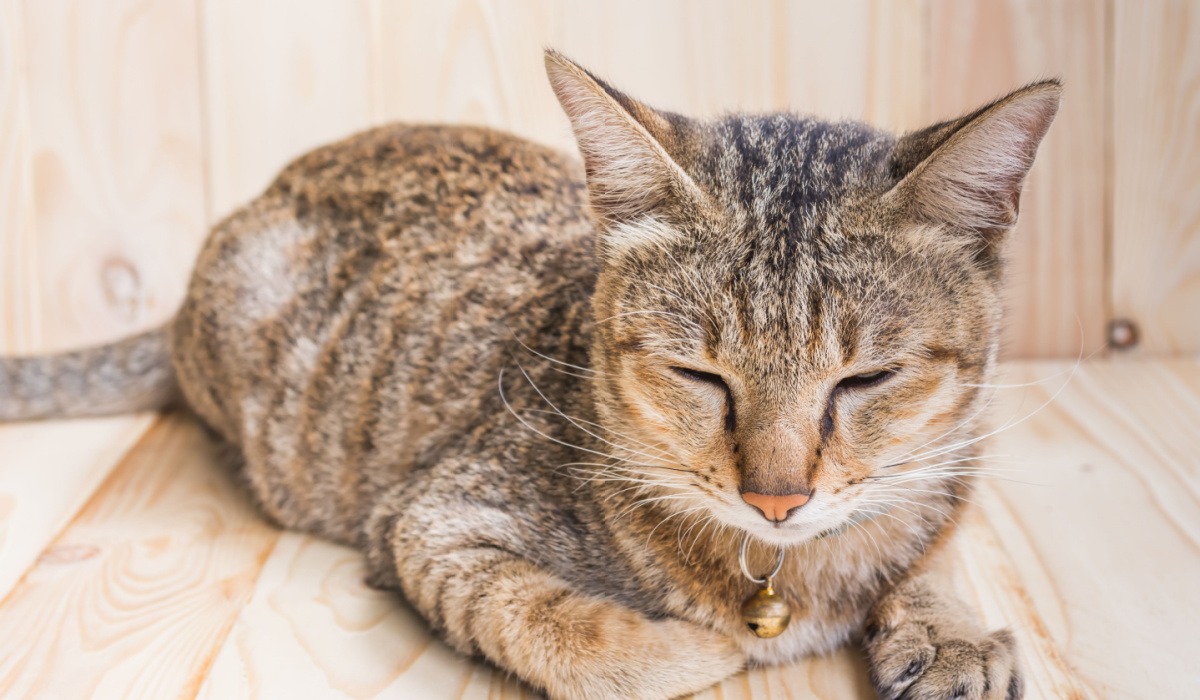It can be an incredibly distressing sight seeing bald patches suddenly start to appear on your cat’s body.
Our beautiful bundles of fur are supposed to be just that – bundles of fur.
So, when you start noticing clumps of hair around the house, and small bald patches forming on their coat, of course you’re instantly going to hit the panic button.
There’s nothing wrong with over-reacting when it’s our cat’s health at stake – but in this case, the alarm bells may not be necessary.
The most common cause of bald patches on cats is actually parasites, like fleas and mites.
A nuisance, yes; but, thankfully, not a medical emergency.
That being said, they aren’t the only reason. And this blog will offer a little more insight into why your feline might be shedding more than usual.


